What is “systems change”?
We want all people to have access to better services and entitlements—equitably, and in a way that will last.
No NGO nor philanthropy can achieve this for entire populations and sustain such work indefinitely, no matter how strong they are.
Only public or market systems—or key institutions—who have the mandate, funding and structures, can do this.
Therefore, to solve the problem at its full scale (i.e for everyone in the specific population) in an enduring way, we have to work through the public and market systems or key institutions that serve them.
The Systems Change Journey
Changing systems or institutions can be a transformative and challenging journey. A set of core concepts and tools can help you to plan and navigate this journey successfully. On this website, we’re going to give you a quick “tour” of these concepts and tools, as if you’re riding a hop-on hop-off bus tour in a new city
Here is the bus itinerary.
You can move the bus along the path!

If you’re all set,
let’s get the Systems Change
Bus on the road!
START THE JOURNEY
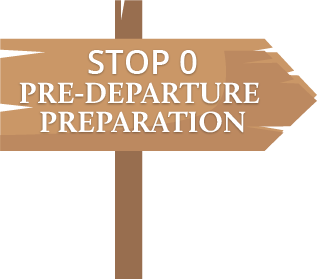
SYSTEM OF TODAY
What is systems change?
What is systems change?

What is systems change?
What is systems change?
What is systems change?
Intersectional gender equality and women’s leadership lens
SYSTEM OF THE FUTURE
What is systems change?
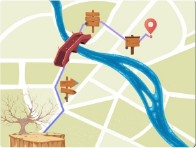
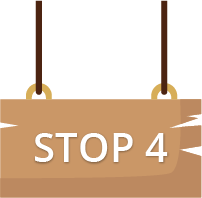
Learning, Measurement & Evaluation (LME)
What is the Design Phase?
What is the Design Phase?
In a world of noise and too much doing, it is rare for an organization to have the ability to slow down and revisit their thinking, including their long-held assumptions.
The Design Phase is Co-Impact’s unique way of giving organizations the time, space and money to do this deep thinking and learning, so they can really strategize about how to change systems or institutions.
Over the course of the Design Phase, an organization will be preparing for their long, exciting journey of changing systems, by diving into the concepts on systems change—their useful tools for the road. At the end of this, the organization will come up with a much stronger vision and strategy on how they can more powerfully do systems change work.
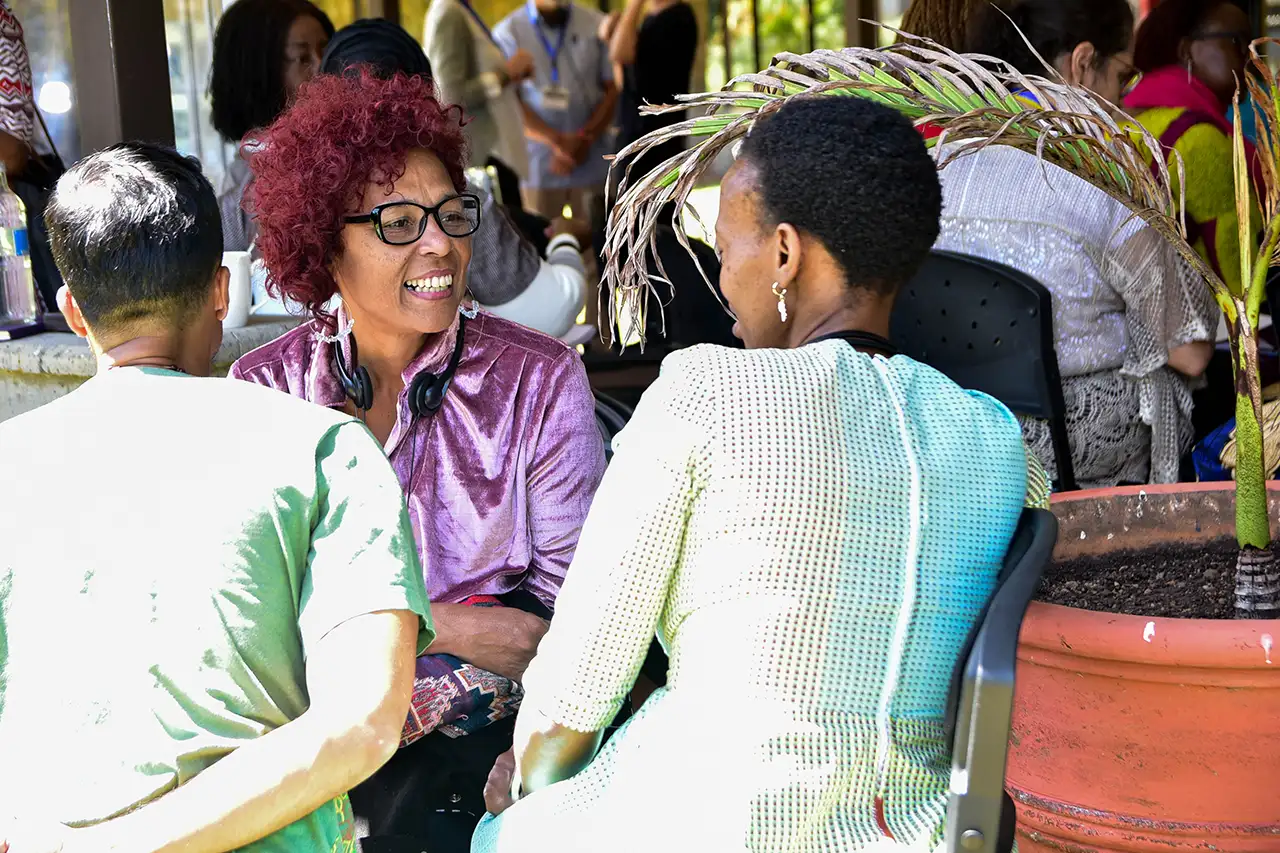
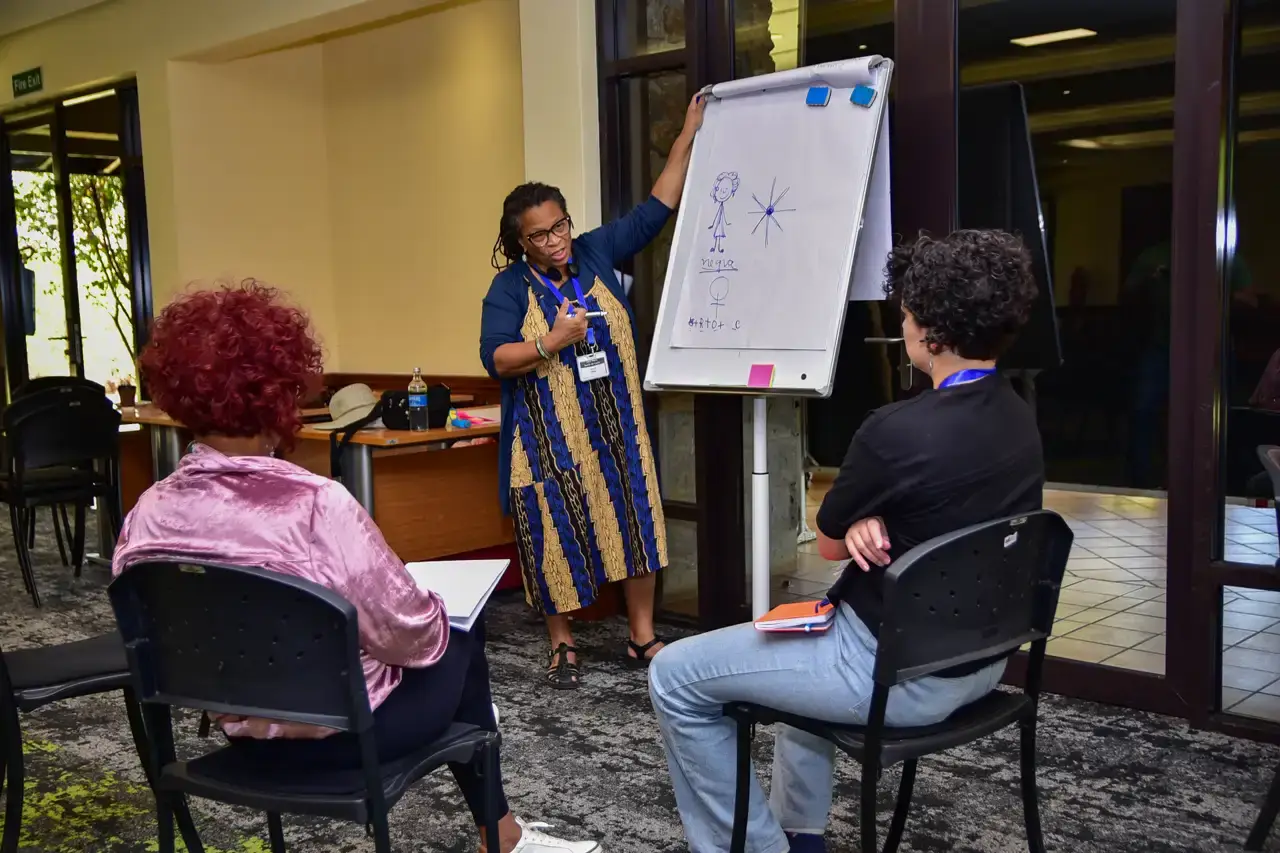

Resources for your Journey
Resources for your Journey
In addition to the videos and worksheets under every Stop, here are some materials that you can dig into to help you during each part of your systems change journey:
Vision and strategy guidance document
Learning, Measurement & Evaluation (LME) Guidebook
Learning, Measurement & Evaluation (LME) Toolkit on Outcomes
Organizational strengthening guidebook
Tips From Other Travelers
Tips From Other Travelers
 Hire a great coach.
Hire a great coach.  Bring your entire team, especially your Board, along.
Bring your entire team, especially your Board, along.  Allocate significant time from key senior management in your organization to lead the work during the Design Phase.
Allocate significant time from key senior management in your organization to lead the work during the Design Phase.  Hire a great coach.
Hire a great coach. 
Hire a great coach.
Even the best tennis players in the world have coaches! So why go it alone?
The best coach is a strategic-level advisor who typically:
a) understands the general context and political economy of the country (but is not necessarily a domain/thematic expert);
b) has experience guiding many NGO leaders and teams through complex strategy development and analysis as well as organizational strengthening and change management;
c) is deeply committed to and fluent in the work of advancing gender equality and women’s power, voice, and leadership; and
d) excels at building trusting and supportive relationships with leaders pursuing such work.
This is one of the key expenses that the design grant is for, so don’t scrimp on this “travel essential”!
 Bring your entire team, especially your Board, along.
Bring your entire team, especially your Board, along. 
Bring your entire team, especially your Board, along.
 Allocate significant time from key senior management in your organization to lead the work during the Design Phase.
Allocate significant time from key senior management in your organization to lead the work during the Design Phase. 

